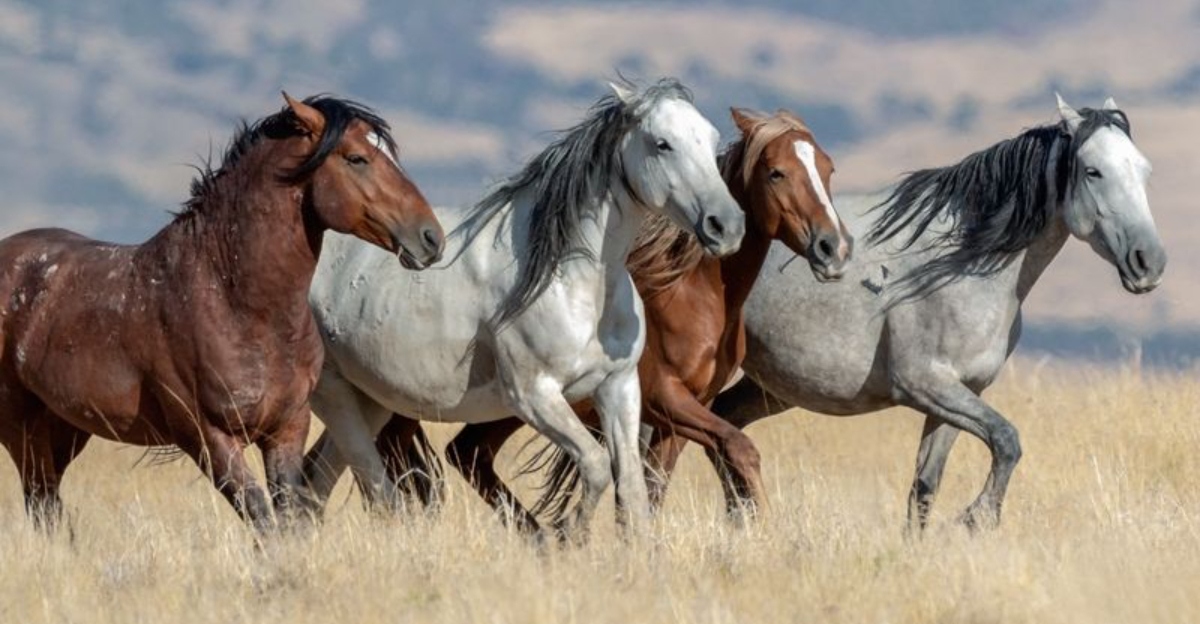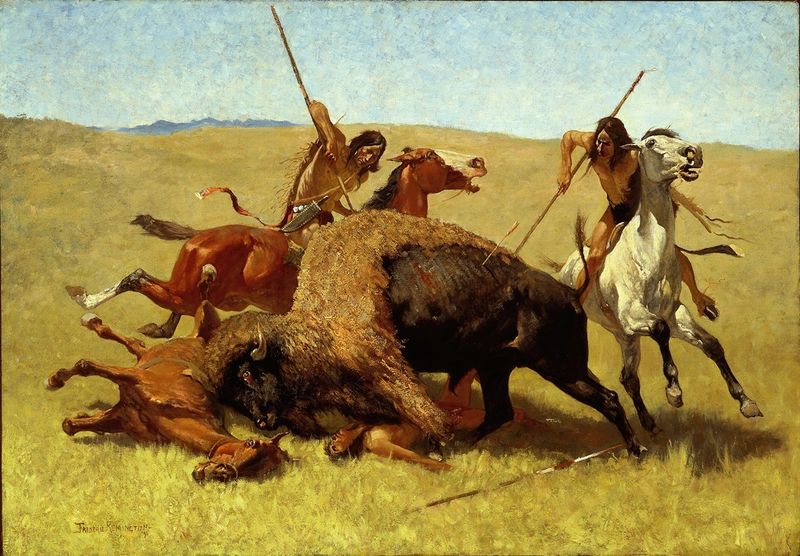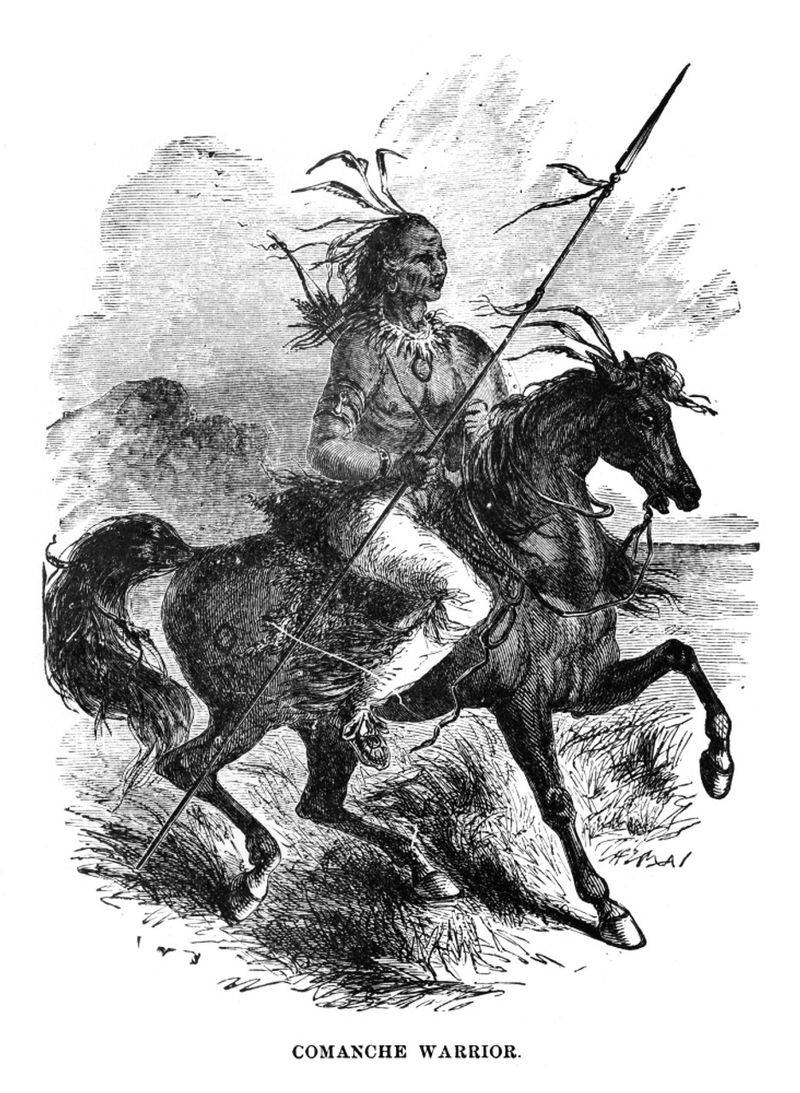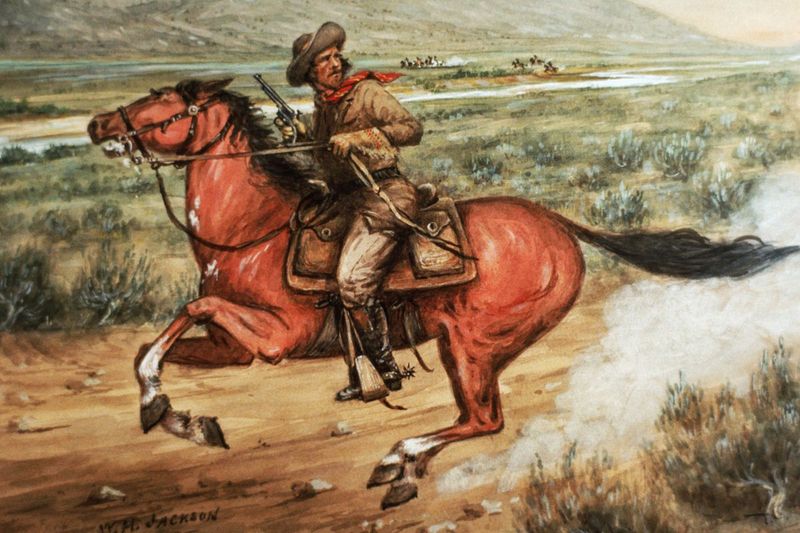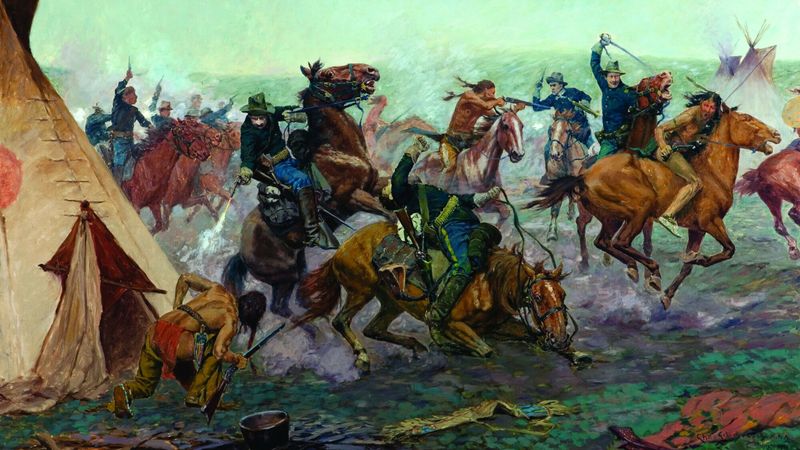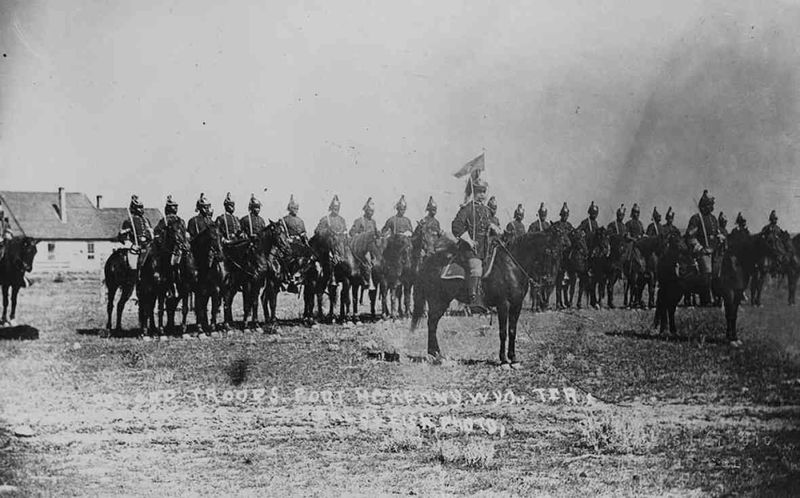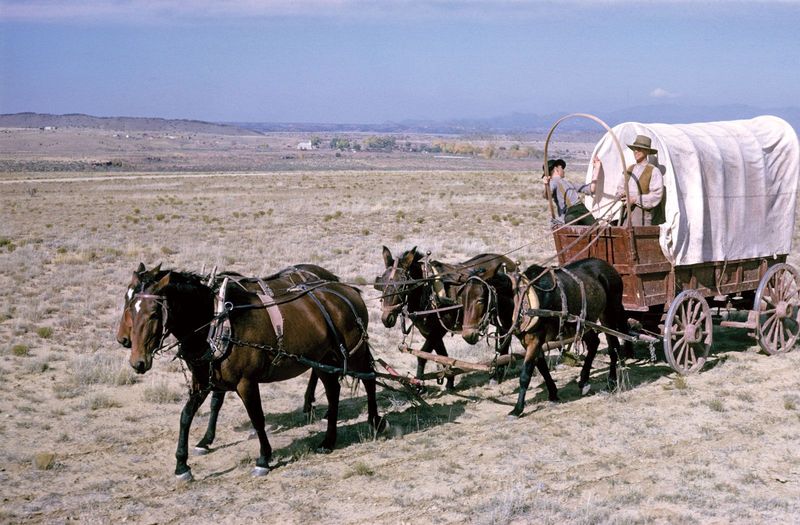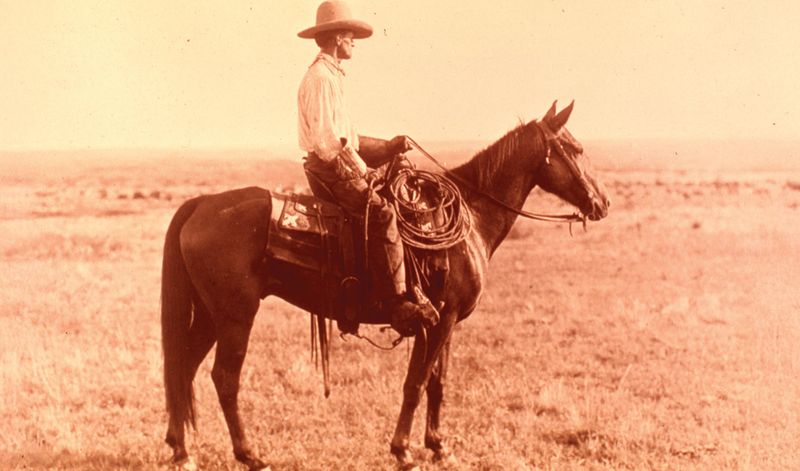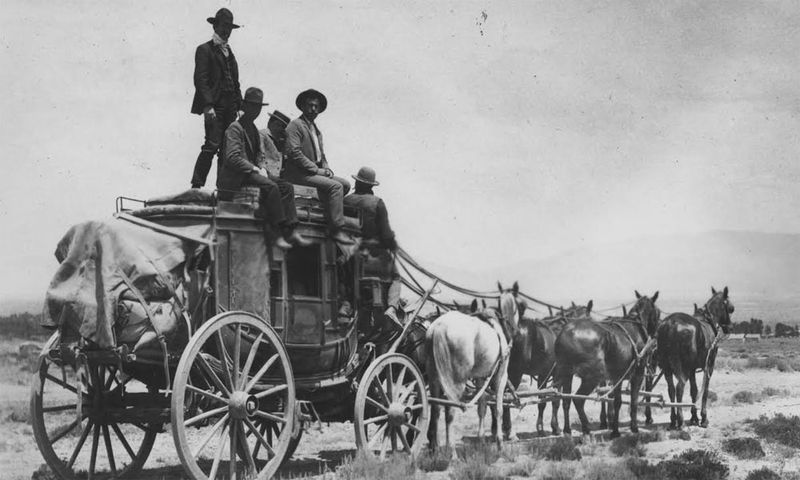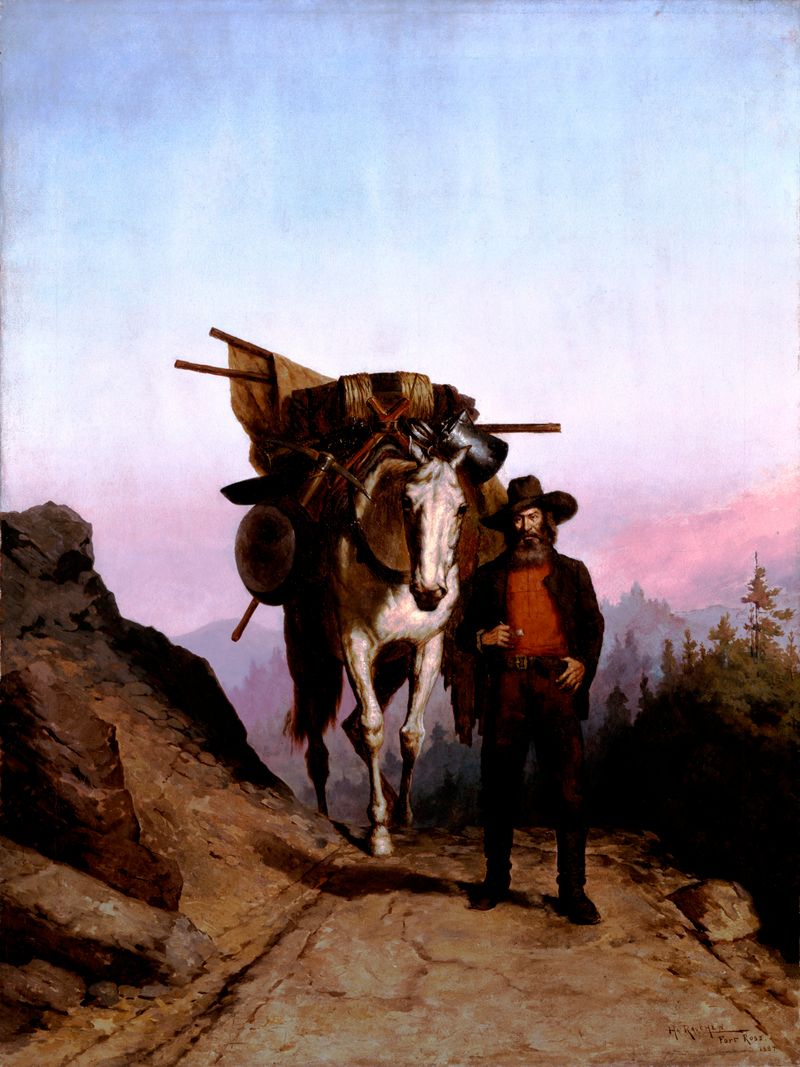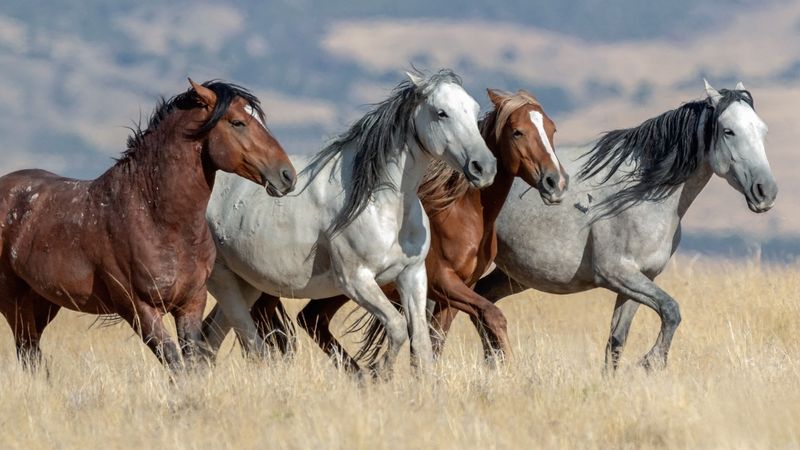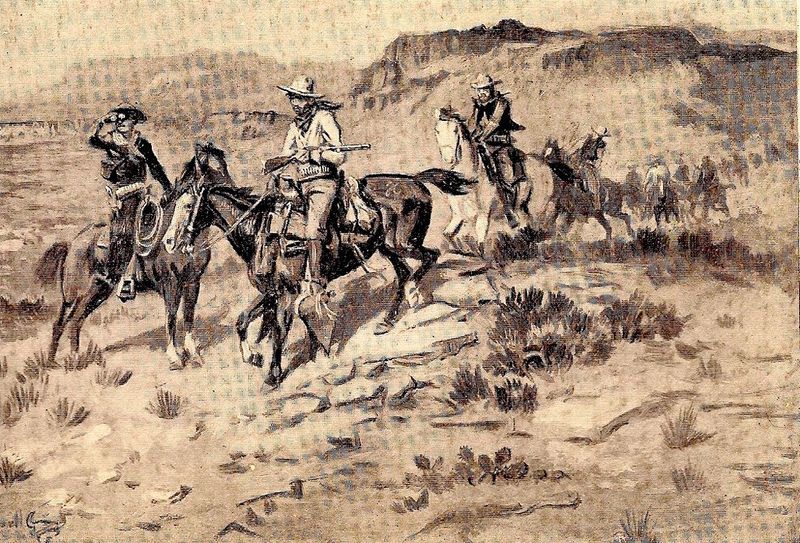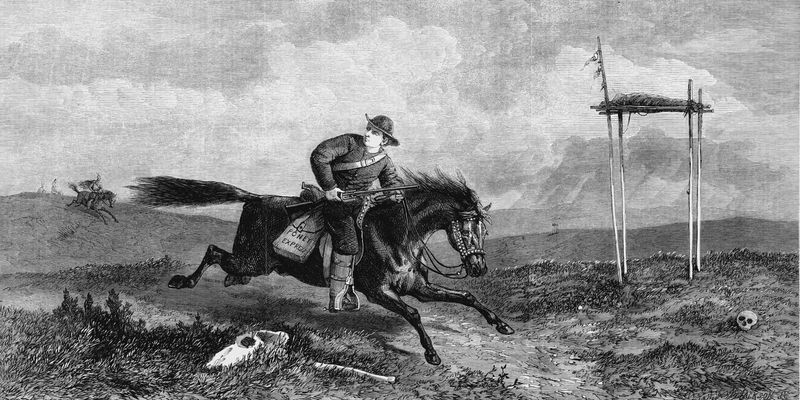When Spanish explorers brought horses to North America in the 1500s, they couldn’t have imagined how these animals would reshape an entire continent. Horses revolutionized transportation, warfare, and daily life across the frontier. Their strength, speed, and endurance created new possibilities that changed Native American cultures and helped build a nation from coast to coast.
1. Buffalo Hunting Revolution
Native American tribes experienced a complete transformation in hunting practices once horses galloped into their lives. Before horses, hunters stalked buffalo on foot—a dangerous method requiring elaborate group tactics and yielding limited results.
Mounted on horseback, hunters could suddenly keep pace with stampeding herds, selecting prime targets while maintaining a safer distance. The Comanche and Sioux developed remarkable riding skills, sometimes guiding their horses using only leg pressure while firing arrows with deadly accuracy.
This hunting efficiency created food surpluses that allowed tribes to grow larger, trade more extensively, and develop specialized crafts around buffalo products.
2. The Comanche Empire’s Rise
Few stories better illustrate horses’ transformative power than the Comanche tribe’s meteoric rise. Originally foot-bound hunters in Wyoming, they became the most feared horsemen of the Southern Plains after mastering equestrian skills in the early 1700s.
Their mounted warriors developed fighting techniques so effective that they halted Spanish expansion northward and temporarily checked American westward movement. Comanche riders could shoot arrows with deadly accuracy while hanging sideways on their galloping mounts, protected by the horse’s body.
Their horse-based economy controlled trade routes spanning from Mexico to the Northern Plains, creating what historians now recognize as a genuine empire.
3. Mail Delivery at Lightning Speed
“The mail must go through!” This rallying cry defined the Pony Express, America’s most famous—though short-lived—mail service. Young riders aboard swift horses carried letters and newspapers between Missouri and California in just 10 days, an astounding achievement in 1860.
Relay stations positioned roughly 10 miles apart provided fresh horses, allowing riders to maintain breakneck speeds across dangerous terrain. These fearless messengers faced blizzards, desert heat, and occasional attacks without modern communications or backup.
Though the telegraph made the service obsolete after only 18 months, the Pony Express demonstrated how horses could shrink distances in ways previously unimaginable, connecting East and West.
4. Cowboys and Cattle Kingdom
The legendary cattle drives that moved millions of Texas longhorns to northern markets created an entire way of life centered around horses. Cowboys spent up to 15 hours daily in the saddle during these grueling journeys along trails like the Chisholm and Western.
Each cowhand needed multiple horses—sometimes seven or more—to handle different tasks: cutting horses for separating cattle, night horses with good vision for evening watches, and sturdy mounts for the long haul. These skilled riders developed specialized equipment like the western saddle with its horn for roping.
Without horses, the massive Texas cattle industry that helped feed America’s growing cities would have been impossible.
5. Warfare Transformed
When horses reached tribes like the Apache, Lakota, and Cheyenne, military tactics changed forever on the Plains. Suddenly, warriors could strike settlements or enemy camps with lightning speed, then vanish before defensive forces organized.
Horse-mounted fighters developed specialized weapons for mounted combat—shorter bows that worked from horseback and long lances for charging enemies. The animals themselves became weapons; skilled riders trained their mounts to kick, rear, and intimidate opponents.
This mobility advantage allowed Native forces to resist American expansion far longer than would otherwise have been possible, as cavalry units struggled to match their horsemanship and knowledge of local terrain.
6. The U.S. Cavalry’s Hoofbeats
The distinctive yellow stripe down cavalry trousers symbolized America’s dependence on mounted soldiers throughout western expansion. These horse-riding troops became the government’s primary military force on the frontier, patrolling vast territories impossible to cover on foot.
Cavalry units like the famous 7th Cavalry relied completely on their mounts’ endurance and training during extended campaigns. A trooper’s survival often depended on his horse’s performance under fire—animals trained not to bolt at gunshots or panic during charges.
Military horse breeding programs became sophisticated operations, with the Army establishing remount stations to supply thousands of carefully selected horses that could withstand frontier conditions.
7. Westward Expansion’s Engine
The iconic covered wagon would have remained stationary without the powerful horses and oxen that pulled pioneers across the continent. Horse teams—usually four to six animals strong—strained against two-ton wagons loaded with family possessions along the Oregon, California, and Mormon Trails.
Beyond pulling wagons, horses carried scouts ahead to find water sources and safe passages. They transported messages between wagon trains and helped hunters provide food for traveling families.
When settlers finally reached their destinations, horses became essential for establishing homesteads—plowing fields, hauling building materials, and traveling to distant trading posts for supplies that sustained these frontier communities.
8. Birth of the American Cowboy
The American cowboy—that enduring symbol of rugged individualism—emerged from a perfect partnership between man and horse. Spanish vaquero traditions blended with frontier necessity to create specialized riding and roping techniques for managing cattle on open ranges.
A cowboy without his horse was essentially unemployed. These skilled riders developed deep bonds with their mounts, which sometimes saved their lives during blizzards by finding the way home. Special horses became legendary—cutting horses that instinctively separated cattle, or night horses with excellent vision for evening guard duty.
From this practical working relationship grew rodeo competitions, cowboy ballads, and eventually an entire mythology that continues to shape American identity.
9. Stagecoaches Connect the Nation
Before railroads reached the West, stagecoaches provided the only regular transportation between distant settlements. These horse-drawn vehicles maintained surprisingly reliable schedules despite challenging conditions—completing the St. Louis to San Francisco route in about 25 days during good weather.
Teams of four to six horses pulled these uncomfortable vehicles across mountains, deserts, and plains. Fresh horses waited at stations spaced 10-15 miles apart, allowing for quick exchanges that kept coaches moving almost continuously.
Companies like Wells Fargo built entire transportation networks dependent on thousands of horses. These equine-powered connections facilitated mail delivery, business development, and settlement patterns that shaped western towns for generations.
10. Railroad Construction’s Hidden Heroes
While steam locomotives get the glory, horses provided the muscle that built America’s railroad network. Construction crews relied on horse-drawn scrapers and wagons to level roadbeds and haul materials across difficult terrain.
Teams of draft horses moved massive loads of rails, ties, and bridge components to sites far beyond existing transportation networks. A single mile of track required approximately 400 tons of rail and hardware—weight that horses hauled piece by piece across the frontier.
During the transcontinental railroad construction, thousands of horses worked alongside human laborers, moving forward inch by inch until the golden spike finally connected East and West at Promontory Summit in 1869.
11. Gold Rush Lifelines
When gold fever struck California in 1849, horses became worth their weight in the precious metal they helped miners pursue. Prospectors relied on packhorses to carry equipment into remote mountain canyons where wheeled vehicles couldn’t venture.
Supply lines stretching hundreds of miles depended entirely on horse-drawn wagons bringing food and tools to mining camps. In the harsh Sierra Nevada mountains, horse teams hauled heavy stamp mills and water pumps needed for industrial mining operations.
Even urban development connected to the gold rush relied on horses—San Francisco’s rapid growth required thousands of draft horses to move building materials up steep hills and power early public transportation systems serving newly wealthy neighborhoods.
12. Wild Mustangs of the Frontier
The sight of wild horse herds thundering across western landscapes symbolized freedom to many frontier settlers. These mustangs—descendants of Spanish colonial horses that escaped or were released—adapted to survive in harsh environments from Texas to Wyoming.
Native tribes captured and tamed these wild horses, developing some of America’s earliest breeding programs. Frontier settlers likewise relied on mustang herds as a source of working animals, though these wild-caught horses required significant training.
By the late 1800s, an estimated two million wild horses roamed the West. Their presence shaped ecosystems and human settlement patterns, while their spirit of untamed independence became metaphorically linked to the American character itself.
13. Outlaws and Their Escape Routes
Behind every famous western outlaw stood a fast, reliable horse that often made the difference between freedom and the gallows. Jesse James’ ability to escape after bank robberies depended on carefully planned routes and horses strategically positioned for quick getaways.
Outlaw gangs like Butch Cassidy’s Wild Bunch maintained hidden corrals of superior horses throughout their territory. They developed extensive knowledge of which mounts could outrun pursuers across specific terrain types.
Law enforcement recognized this advantage, with posses often focusing on capturing outlaws’ horses first. The famous end of many western manhunts came not when ammunition ran out, but when horses became too exhausted to continue—proving how central these animals were to frontier justice.
14. Postal Networks on Horseback
Long before the Pony Express, regular mail service across America relied on horses and their riders. Post riders traveled established routes between settlements, carrying saddlebags filled with letters that connected families separated by vast distances.
These mounted mail carriers braved weather extremes and dangerous conditions to maintain communication links. During winter months in northern territories, mail horses pushed through snowdrifts to reach isolated communities cut off from outside contact.
The postal system’s dependence on horses influenced settlement patterns, as towns positioned along mail routes enjoyed economic advantages through better access to information and commerce. This horse-powered information network laid groundwork for the communication systems we take for granted today.
15. Entertainment and Wild West Shows
Buffalo Bill Cody’s Wild West Show brought frontier horsemanship to audiences worldwide, featuring spectacular riding demonstrations that captured public imagination. These performances—with mounted sharpshooters, reenacted Pony Express rides, and Native American equestrian displays—preserved horse-centered frontier skills as entertainment.
Annie Oakley dazzled crowds with trick shooting from horseback, while performers like the Rough Riders demonstrated cavalry charges that thrilled eastern audiences. These shows employed hundreds of skilled riders and thousands of trained horses.
This horse-centric entertainment tradition continues today in rodeos, where events like barrel racing and bronc riding celebrate the partnership between humans and horses that built the American West.
